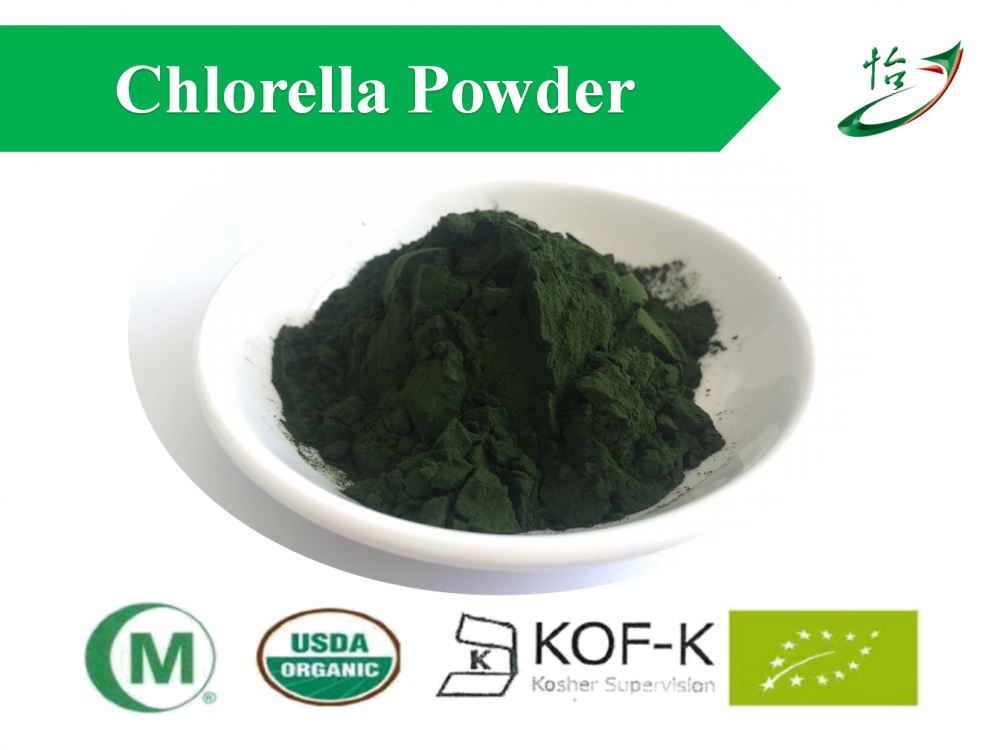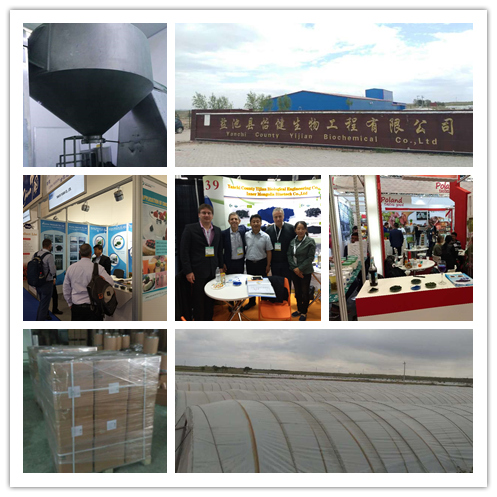Second, the classification of turtles The types of turtles, according to their different living environment can be divided into land turtles, aquatic turtles, semi-aquatic turtles, marine turtles, benthic turtles five types. The external morphological structure of different species of turtles corresponds to their living environments, respectively. For example, the toes and fingers of aquatic turtles are rich in tendons (like duck's feet) to adapt to deep-water life; while the limbs of terrestrial turtles are thick and cylindrical. Shaped to fit in the wetlands and land; sea turtles living in the sea have paddle limbs and all have a pair of salt glands to facilitate the secretion of excess salt from the body.
The tortoise can be classified into three types: animal turtles, plant turtles, and omnivorous turtles, depending on the food properties of turtles. Aquatic turtles generally have omnivorous feeding habits such as turtles and yellow-throated turtles; semi-aquatic turtles are mostly animal-like, such as flat-breasted turtles, three-lined shell turtles, and gold-covered shell turtles; Turtles and yellow box turtles are omnivorous. Most of the land turtles are vegetative, such as the Burmese tortoise and the four-claw tortoise. Some turtles have a strong ability to fight hunger and thirst, but they can’t die without eating for several years.
Third, the turtles are all oviparous turtle eggs, breeding season is generally 5 to 10 months each year (except for constant-temperature farming), eggs are produced on land, different types of turtles have different numbers of spawning, freshwater turtles produce each time 2 ~ 5 eggs are white. With a hard shell of calcium. Different types of turtles also have different egg shapes, and they have a long oval shape. Turtle eggs are spherical. The eggs of the turtles are usually in wet and warm places. The eggs are pot-shaped, and they are large and small. The eggs hatch completely natural light, heat and rain. Turtles do not have the habit of watching eggs.
4. Water and Temperature To make the semi-water turtle able to flood the body, the water should be sufficient. Feeding, breeding, and interactions between groups of many turtles are all done in water. The salinity of the water should also be considered for the turtles produced in the harbor. For some turtles, the pH of the water should be adjusted to the same value as the water in the natural habitat.
The final metabolites of aquatic and semi-aquatic turtles are urea, which causes a large loss of water in the turtle's body. Turtles produced in a dry environment lose moisture through the skin. Similarly, turtles can absorb water through the skin. Many turtles drink water directly from the pool or basin. Spraying the turtle inside often helps the turtle to freely choose the water intake.
The humidity of a turtle house should be similar to that of its natural environment. Humidity (70%) will cause a large number of bacteria or fungi to grow and prone to subcutaneous infections.
Fifth, the light cycle According to the turtle's natural circadian rhythm and one-year activity requirements, domestic turtles need regular light. Changes in the light cycle and suitable living environment conditions are important environmental factors that enable turtles to breed under family feeding conditions. The range of sunshine changes during the light cycle in the temperate zone is 8 hours in winter and 16 hours in summer. In the tropical zone, the sunshine during the winter light cycle fluctuates by about 10 hours, and during the summer it reaches 14 hours. It has been demonstrated that changes in seasonal light intensity favor the reproduction of turtles under artificial rearing. It is best to use full-spectrum light and use fluorescent tubes with spectral characteristics similar to natural light (including ultraviolet light). Full-spectrum light irradiation can improve turtles' feeding behavior and reproduction. Incandescent lamps can be used as a source of light and heat in turtle houses, but direct contact with bulbs should be avoided to prevent them from being burned. Conservation lamps can also be used to warm the turtle house locally, but there must be protective measures and should be more than 35 cm above the turtle's ground.
This classification summarizes the Chlorella Powder produced by our own factory in northwestern of China .
We have advanced equipment and strict quality control system to ensure the quality and production.

The products under the classification are:
1. Chlorella Powder .
Various parameter specifications of our product:
Naturland Certified ; CERES certified .
EU & NOP standard ; Kosher & Halal Available .
Low heavy metals & Micro Contents , Low & Stable PAH4 Level ,
PAH4 value is less than 10 ppb .Low microorganismsNon-Irradiation ,
Non GMO , Gluten Free , Allergen Free , Pesticides Free .
Own Factory : Manufacture in northwest of China . Legitimacy , Regularity , Cultural .
Own Lab : Quality control and Product development . Strictly , Creativity , Responsibility .

About Company
Yanchi County Yijian Biotechnol Co.,Ltd
was founded in Dec 2012 ,
by Mr. Dezhi Zhang ,
the legal representative of the company .
Company registered capital is 10 million RMB .
The main business sectors are culture , processing , internal sales , import and export trade of Organic Spirulina and Organic Chlorella products .
Yijian is known globally as one of the major suppliers of microalgae products across the world .
Annual production rate is 600 Mt .
Average annual sales income is around 5 million dollar .
Chlorella Powder
Chlorella Powder,Organic Pure Chlorella Powder,Natural Organic Chlorella Powder,Chlorella Vulgaris Powder
YANCHI YI JIAN BIOLOGICAL PROJECT CO.,LTD , http://www.spirulina-yj.com